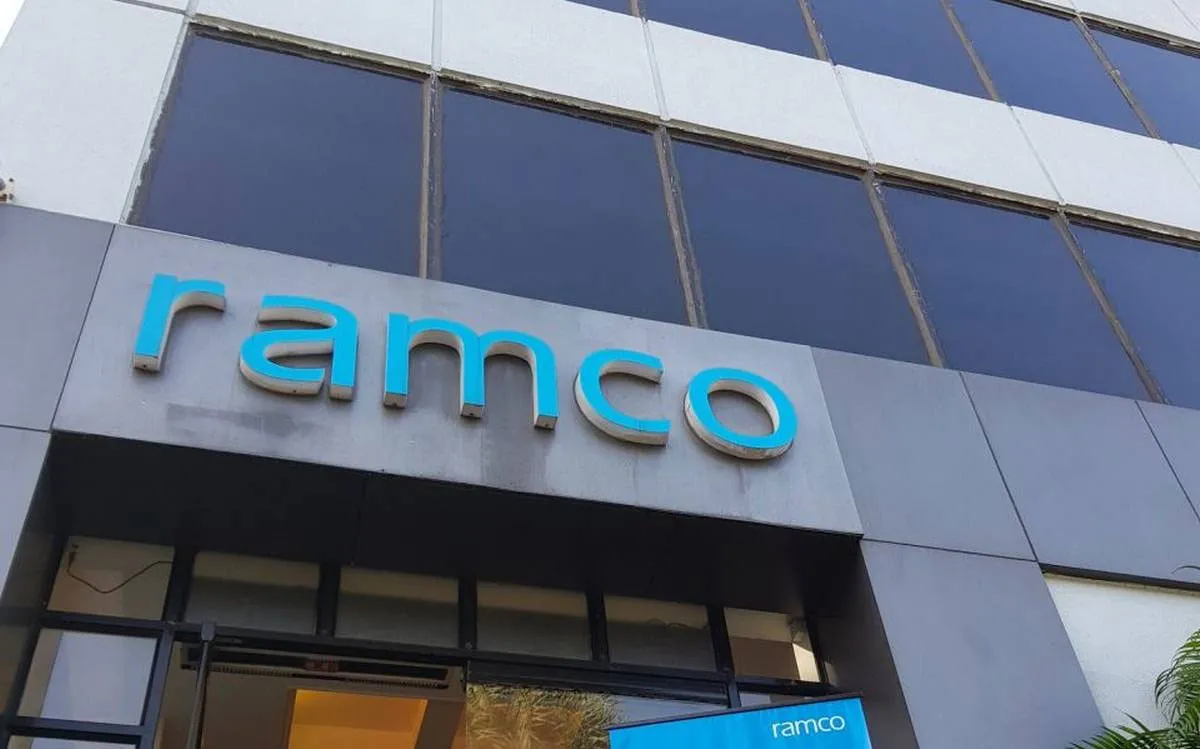- Katriona Lord-Levins, Chief Success Officer, Bentley Systems
The ‘Chief Success Officer’ is a new position at infrastructure engineering software company Bentley Systems, responsible for leading the user and enterprise success teams, which focus on helping users realise their business goals with Bentley solutions. Bentley recently appointed Katriona Lord-Levins as its Chief Success Officer, reporting to CEO Greg Bentley. By ensuring Bentley has established processes to deliver proven outcomes and listen to user needs, Lord-Levins works to make Bentley the solution of choice and create loyal users. She speaks on the new role, its importance and more, in a virtual interview from the US, with SERAPHINA D’SOUZA.
First, congratulations on your appointment as Chief Success Officer, a new position at Bentley. Please throw some light on what propelled a company like Bentley to focus on this largely user-centric role.
Our users are at the centre of everything we do. So by bringing in a Chief Success Officer, we are ensuring that we are listening, amplifying and closing the loop with them. Understanding who our users are, identifying any of the barriers to adoption and helping to remove or minimise those barriers is important. Additionally, the value of being a strategic partner is being able to let them see what's going on in the industry and help accounts and users accelerate their own transformation based on lessons we're learning across our user base as well.
A major part of your role is to lead the user and enterprise success teams. And prior to this, your role at Autodesk involved building and leading the construction business unit customer success team. How open are clients in the construction and infrastructure industry to adapt to technological transformation? Please tell us more about your experience with clients in this sector.
At the end of the day, users want to get their job done faster, on budget, and with minimal issues. So that's the problem they are seeking to solve. Users, especially seasoned users, either embrace the new or fear it.
Technological transformation means something different for every persona within our accounts. Our job in the success field is to first know what each of these personas mean – what success means for every single one of them and help them to navigate these.
So, for executives, this could mean helping them see the benefits of technology transformation. We can help them understand how to get started and share with them what their peers are doing in the industry as well, giving them a realistic rationale. It's really about connecting in the clouds down to what's realistic; it’s about what tools we can provide, what training we can provide, and how we can break it down for users so they are not fearful of the technology that's coming down. For users, it is really about providing them with training, helping them see concretely how technology fits into their day-to-day workflow, and helping them feel secure in their abilities to continue to be the hero in the field.
You spoke of customers wanting to get their job done faster. Now 3D printing is a technology disruptor with the potential to not only accelerate the pace of construction but also significantly improve build quality. Having said that, in India, 3D printing is still quite a nascent concept in the building industry. How long, according to you, will it take the industry in India to completely adopt such a pathbreaking technology?
It's funny that the year we've just come through has broken all metrics on how fast anyone can accelerate when they need to. So considering 3D printing in construction, one of the biggest opportunities is printing with concrete, but that's a complicated matter in itself. Not only does concrete actually depend on the flow; but can it be fluid enough to be pushed through a printer? Can it harden quick enough? Is it strong enough to withstand the loads there? And all of this to be done in weather conditions that are specific to regions. India is facing some massive housing shortages and the government has implemented an ambitious Housing for All programme. So undoubtedly, 3D printing is well suited for this, but it is still very early days. One of the things we are seeing is that it takes a good crisis to speed up how fast people will be propelled to get there. We saw people adopt cloud technology very fast in the last year of the pandemic. So it's a matter of time.
Speaking of the metrics-driven approach, how can user problems be assessed and solved by optimising tools used in the construction industry and through such an approach?
Let’s go back to 3D printing; the main part is cost-saving if we get all things right. What is needed to get things right is the digital models. The cost savings will actually be realised from things like VR, by having digital models and allowing companies to visualise the issues and solutions ahead of time before building anything. This is where metrics come in. It will allow companies to prevent costly rework and meet the expectations of clients. It will help with planning and overall project costs, as well as on-time deliveries. It can also help with combining data and sensors on a construction site.
Bentley also recently launched the Bentley Education programme, which encourages the development of future infrastructure professionals for careers in engineering, design and architecture. How is Bentley working toward inspiring the next generation of construction workers to bridge the skill gap?
The real purpose behind our education programme is to help to create talent pipelines for our accounts as well. We hear from our accounts a lot that there's lack of skills or lack of talent and that they need resources and people. We are trying to, on one level, create an education programme that is seamless and futureproof them in their careers. So, what Bentley is specifically doing is providing opportunity. We are also talking about engaging with colleges and universities to get people into the infrastructure world. But, what we also have to do is encourage companies to get involved with the younger kids.
What according to you are some of the unforeseen skills in architecture, engineering and construction that will witness demand in the future?
Let’s look at robots – I hesitate to use that word because it's such a sci-fi mindset, but there's lots of them around us today in more AI-style engagements. So we consider the fact that the younger generation is coming in with a unique set of newer skills, skills we didn't necessarily have available for the more mature workers out there. Think about gaming, new automation technology, drones; it’s all moving in that direction. And I think that's where we will start accelerating toward as automation takes over. VR, AR is the big thing from the visualisation side of it. Then again, 3D printing is helping us find materials that might be more transformational.




















